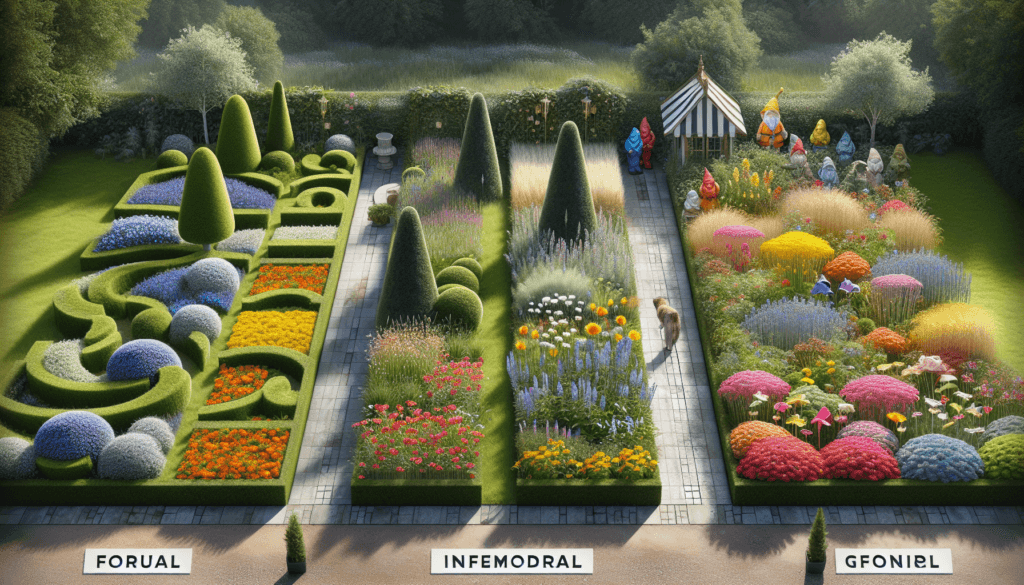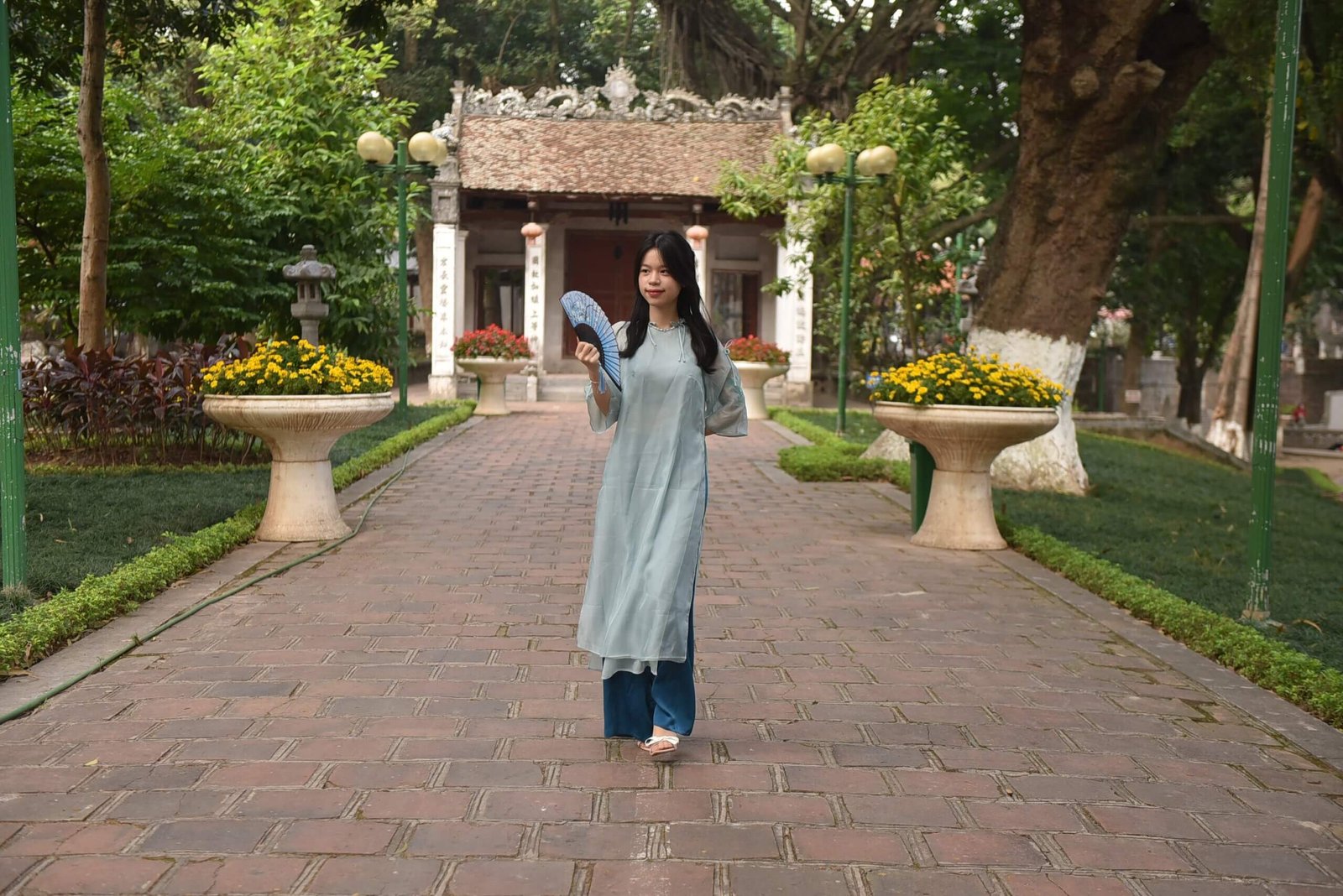Imagine stepping into a world full of vibrant colors and intoxicating fragrances. A world where nature reigns supreme and every plant and flower has a story to tell. In the fascinating realm of gardens, there are three main types that hold their own unique allure. From expansive botanical gardens that transport you to faraway lands, to serene and contemplative Zen gardens, and finally to the practical and charming world of kitchen gardens, each type offers a magnificent escape. Let’s explore these three enchanting garden types and discover the beauty and tranquility they have to offer. When it comes to gardening, there are countless options and possibilities to choose from. Whether you have a spacious backyard or a small balcony, there is a type of garden that suits your needs and preferences. In this article, we will explore various types of gardens, from vegetable gardens to wildlife gardens, and everything in between. So, get ready to dig in and discover the wonderful world of gardening!
Vegetable Gardens
Vegetable gardens are a fantastic way to grow your own fresh and nutritious produce right at home. Whether you’re a seasoned green thumb or just starting out, vegetable gardening can be a fun and rewarding experience. There are three main types of vegetable gardens that you can consider: container gardens, raised bed gardens, and traditional in-ground gardens.
Container Gardens
Container gardens are perfect for those who have limited space or want to have their garden on a balcony or patio. As the name suggests, plants are grown in containers such as pots or troughs. This type of garden allows for flexibility as you can easily move the containers around to optimize sunlight exposure. Vegetables that thrive in container gardens include tomatoes, peppers, herbs, and leafy greens.
Raised Bed Gardens
Raised bed gardens are a great option for those who want to have more control over the soil quality and drainage. These gardens consist of raised beds filled with topsoil, compost, and organic matter. The elevated beds make it easier to tend to the plants without having to bend down, making it ideal for individuals with physical limitations. Raised bed gardens are suitable for a wide range of vegetables, from root crops like carrots and radishes, to larger plants like zucchini and cucumbers.
Traditional In-ground Gardens
Traditional in-ground gardens are a classic choice for vegetable gardening. This type of garden involves planting directly in the ground, eliminating the need for containers or raised beds. In-ground gardens require a bit more effort when it comes to soil preparation and maintenance, but they offer ample space for plants to spread out and grow. From sprawling tomato plants to towering sunflowers, the possibilities are endless with an in-ground vegetable garden.
Flower Gardens
If you have a love for colors and fragrances, flower gardens are a wonderful way to add beauty and charm to your outdoor space. There are different types of flower gardens that you can choose from, depending on your preferences and the overall aesthetic you want to achieve. Let’s explore three main types of flower gardens: perennial gardens, annual gardens, and wildflower gardens.
Perennial Gardens
Perennial gardens are a popular choice among gardeners because they come back year after year, bringing beauty and foliage that lasts. Perennial flowers are known for their ability to survive the winter and bloom again in the spring. Some common perennial flowers include roses, lilies, dahlias, and irises. With proper care and maintenance, a perennial garden can become a colorful haven that keeps on giving for years to come.
Annual Gardens
Annual gardens offer the advantage of flexibility and variety. Unlike perennials, annual flowers complete their life cycle within one growing season. This means that they need to be replanted each year. However, annuals tend to have vibrant and showy blooms, making them popular choices for adding pops of color to your garden. Marigolds, petunias, zinnias, and pansies are just a few examples of annual flowers that can be grown in your garden.
Wildflower Gardens
If you’re looking for a more natural and low-maintenance garden, consider creating a wildflower garden. Wildflowers are known for their ability to adapt to different soil conditions and attract pollinators like bees and butterflies. By sowing a mix of native wildflower seeds, you can create a beautiful and biodiverse garden that requires minimal care. Plus, wildflowers add a touch of whimsy and beauty to any outdoor space.

Herb Gardens
Herb gardens are not only pleasing to the eyes but also a fantastic way to add fresh flavors and aromas to your culinary creations. Whether you have a large plot or a small kitchen window, herb gardens can be easily tailored to fit your needs. Let’s delve into the three main types of herb gardens: culinary herb gardens, medicinal herb gardens, and aromatic herb gardens.
Culinary Herb Gardens
Culinary herb gardens are perhaps the most common type of herb garden, as they offer a convenient way to have fresh herbs readily available for cooking. Popular culinary herbs include basil, rosemary, thyme, parsley, and mint. Whether you’re making a homemade pasta sauce or a refreshing mojito, having a culinary herb garden saves you from having to run to the grocery store every time you need herbs.
Medicinal Herb Gardens
Medicinal herb gardens have been used for centuries to harness the healing properties of plants. Growing your own medicinal herbs allows you to have a natural and sustainable source of remedies. Popular medicinal herbs include chamomile, lavender, echinacea, and calendula. Before using any herb for medicinal purposes, it’s important to do thorough research and consult with a healthcare professional.
Aromatic Herb Gardens
Aromatic herb gardens are all about indulging your senses with delightful scents. These gardens feature an array of fragrant herbs that can be used for potpourri, herbal sachets, or simply for enjoying their aromatic qualities. Lavender, lemon balm, rosemary, and sage are some of the most popular choices for aromatic herb gardens. Placing these herbs near seating areas or along garden paths can enhance the overall ambiance of your garden.
Rock Gardens
Rock gardens are a unique and visually striking addition to any landscape. By using rocks, gravel, and carefully selected plants, you can create a captivating garden that mimics the natural beauty of rocky outcrops. Let’s explore three main types of rock gardens: alpine rock gardens, water-wise rock gardens, and rock gardens for shade.
Alpine Rock Gardens
Alpine rock gardens are inspired by the rugged and breathtaking landscapes found in high-altitude regions. These gardens typically feature a variety of rocks, dwarf conifers, alpine plants, and low-growing perennials. The key to creating a successful alpine rock garden is mimicking the harsh conditions of alpine environments, such as well-draining soil and limited water.
Water-wise Rock Gardens
Water-wise rock gardens, also known as xeriscape gardens, are designed to thrive in areas with limited rainfall or where water conservation is a priority. These gardens feature plants that are drought-tolerant and can withstand hot and dry conditions. By incorporating rocks and gravel, water-wise rock gardens provide a low-maintenance and sustainable landscaping option.
Rock Gardens for Shade
Contrary to popular belief, rock gardens can also be created in shaded areas, where traditional gardens might struggle. Rock gardens for shade typically feature plants that thrive in low-light conditions, such as ferns, mosses, and shade-loving perennials. By using rocks of varying sizes and textures, you can create a visually appealing garden that brings life to shady corners of your outdoor space.
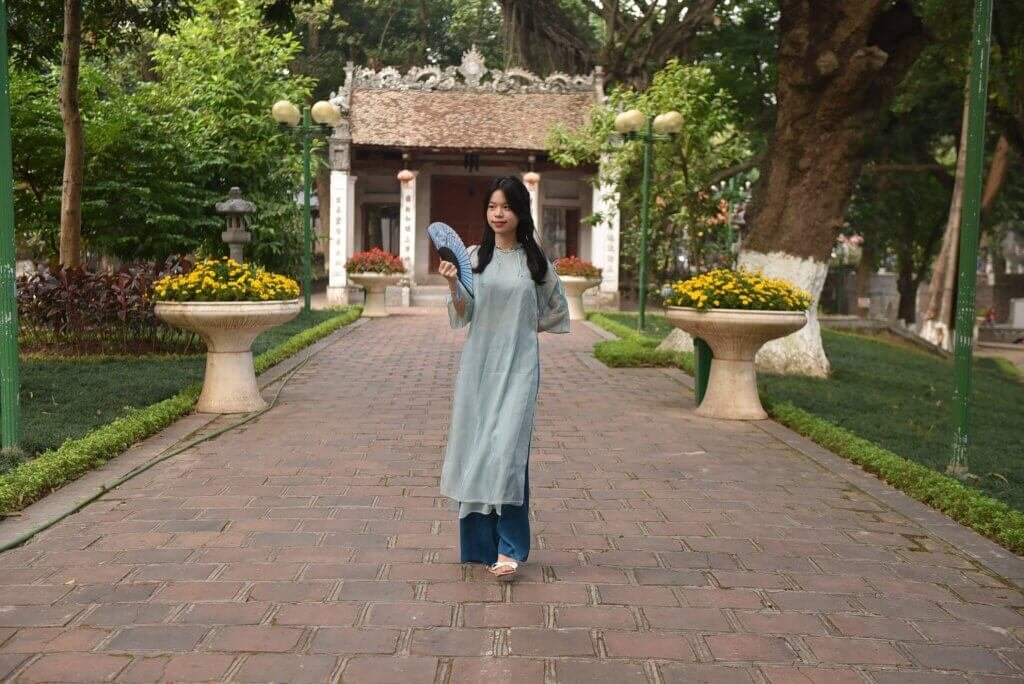
Water Gardens
Water gardens have a serene and calming effect, making them a popular choice for those who want to create a peaceful oasis in their backyard. Adding a water feature to your garden, whether it’s a fish pond, waterfall, or fountain, can transform your outdoor space into a tranquil retreat. Let’s explore three main types of water gardens: fish ponds, waterfalls, and fountains.
Fish Ponds
Fish ponds are a captivating addition to any garden, offering a glimpse into the underwater world. They provide a habitat for fish and create a sense of tranquility with the sound of water. When creating a fish pond, it’s important to consider factors such as the size and depth of the pond, the type of fish you want to keep, and the filtration system. Koi ponds and goldfish ponds are particularly popular choices among gardeners.
Waterfalls
Waterfalls are a stunning focal point that adds movement and sound to your garden. They can be designed in various styles and sizes, ranging from a gentle trickle to a cascading waterfall. Installing a waterfall requires careful planning, including considerations for the water source, rock placement, and water circulation. With the soothing sound of water cascading down rocks, a waterfall can create a peaceful and meditative atmosphere in your garden.
Fountains
Fountains are a classic and elegant choice for water gardens, bringing a touch of sophistication to any outdoor space. They come in a variety of designs, from traditional to modern, and can be customized to fit the style of your garden. Fountains not only provide visual interest but also create a soothing background noise. The gentle sound of water trickling from a fountain can help mask unwanted sounds and create a calm and relaxed atmosphere.
Japanese Gardens
Japanese gardens are known for their enduring beauty and peaceful ambiance. They have a rich history and are deeply rooted in Japanese culture and aesthetics. Let’s explore three main types of Japanese gardens: zen gardens, tea gardens, and strolling gardens.
Zen Gardens
Zen gardens, also known as dry landscapes or rock gardens, are minimalistic and designed to evoke a sense of tranquility and simplicity. These gardens typically feature carefully raked gravel or sand to represent water, with strategically placed rocks and stones symbolizing natural elements. Zen gardens are meant to be contemplative spaces, where one can find inner peace and meditative stillness.
Tea Gardens
Tea gardens, as the name suggests, are designed to complement the traditional Japanese tea ceremony. They often feature a tea house and a garden that creates a serene and harmonious atmosphere. Tea gardens typically include carefully placed stones, water basins, and beautifully pruned trees and shrubs. These gardens aim to create a sense of balance and tranquility, inviting visitors to immerse themselves in the art of tea and appreciate the beauty of nature.
Strolling Gardens
Strolling gardens, also known as landscape gardens, are designed to be enjoyed while walking and exploring the various elements within. They typically feature winding paths, bridges, ponds, and scenic viewpoints that offer different perspectives of the garden. Strolling gardens are meticulously designed to highlight the changing seasons and create a sense of harmony between nature and human intervention. These gardens provide a delightful sensory experience and a space for peaceful contemplation.
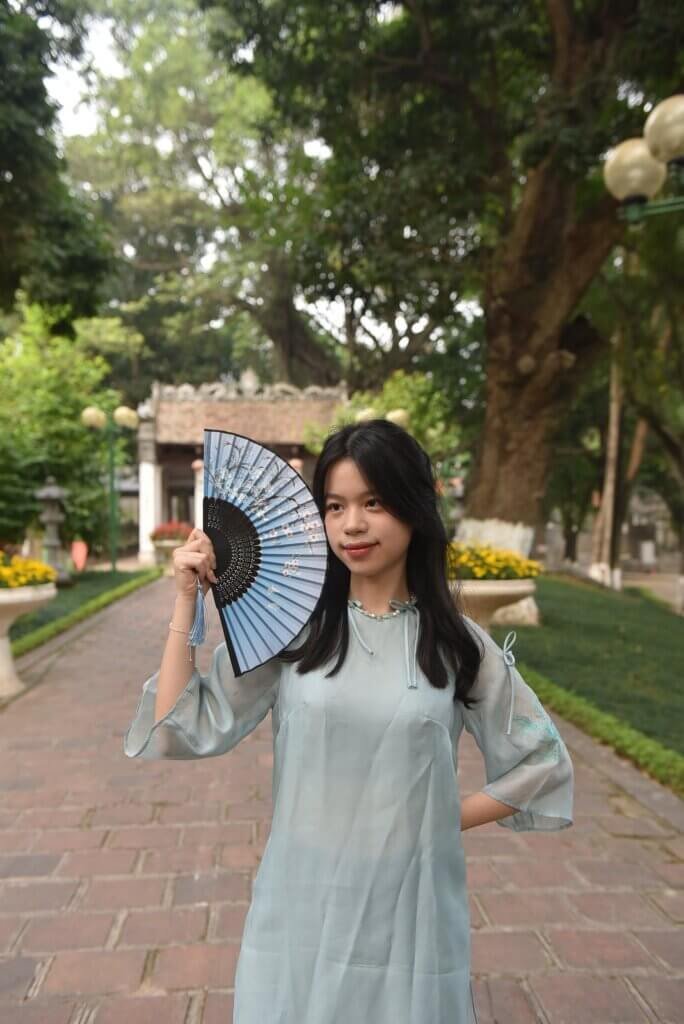
Formal Gardens
Formal gardens are characterized by their symmetrical designs, neatness, and structured layouts. They evoke a sense of elegance and grandeur, often associated with historic European gardens. Let’s explore three main types of formal gardens: parterre gardens, French gardens, and Italian gardens.
Parterre Gardens
Parterre gardens are known for their intricate patterns and well-manicured hedges. They feature symmetrical designs that are created by dividing the garden into square or rectangular compartments. These compartments are often filled with flowers, herbs, or low-growing shrubs, and are meticulously pruned to maintain the desired shape and form. Parterre gardens are a visual feast that showcases the artistry and precision of formal garden design.
French Gardens
French gardens, also known as formal French gardens or jardin à la française, are famed for their grandeur and elegance. They feature geometric patterns, meticulously trimmed hedges, and ornate sculptures. French gardens often include focal points such as fountains, statues, and meticulously placed trees. These gardens are designed to evoke a sense of opulence and create a formal and symmetrical layout that pleases the eye.
Italian Gardens
Italian gardens are known for their graceful beauty and sense of harmony with the natural surroundings. They often feature terraces, water features, and a variety of plants and flowers. Italian gardens are designed to create a sense of space and perspective, with carefully positioned plants and scenic viewpoints. These gardens are both visually stunning and inviting, offering a symphony of colors and textures that celebrate the art of garden design.
Mediterranean Gardens
Mediterranean gardens evoke a sense of romance and luxury, reminiscent of the warm and vibrant landscapes found in the Mediterranean region. These gardens often feature bright colors, lush greenery, and drought-resistant plants that thrive in the Mediterranean climate. Let’s explore three main types of Mediterranean gardens: drought-resistant gardens, courtyard gardens, and coastal gardens.
Drought-resistant Gardens
Drought-resistant gardens, also known as xeriscape or dry gardens, are designed to flourish in regions with limited rainfall and hot, dry summers. These gardens feature plants that have adapted to arid conditions and require minimal water. Drought-resistant plants typically have fleshy leaves or fine, silver-gray foliage that helps them conserve water. Succulents, lavender, rosemary, and agave are some popular choices for creating vibrant and water-wise Mediterranean gardens.
Courtyard Gardens
Courtyard gardens are a delightful oasis that brings a touch of Mediterranean charm to urban spaces. These gardens are typically enclosed by walls or buildings and provide privacy and tranquility. Courtyard gardens often feature paved areas, tiled patios, trellises, and climbing plants that add a sense of lushness and create a cozy outdoor living space. By incorporating Mediterranean elements such as olive trees, citrus plants, and fragrant herbs, courtyard gardens can transport you to the sun-drenched landscapes of the Mediterranean.
Coastal Gardens
Coastal gardens are designed to withstand the harsh conditions of coastal environments, including salt spray, strong winds, and sandy soil. These gardens often feature plants that are tolerant of salty air and can handle fluctuating moisture levels. Coastal gardens are a fusion of rugged beauty and colorful blooms, with plants like sea holly, beach grass, and coastal roses. By incorporating driftwood, pebbles, and seashells, coastal gardens capture the essence of coastal living and provide a serene retreat by the sea.
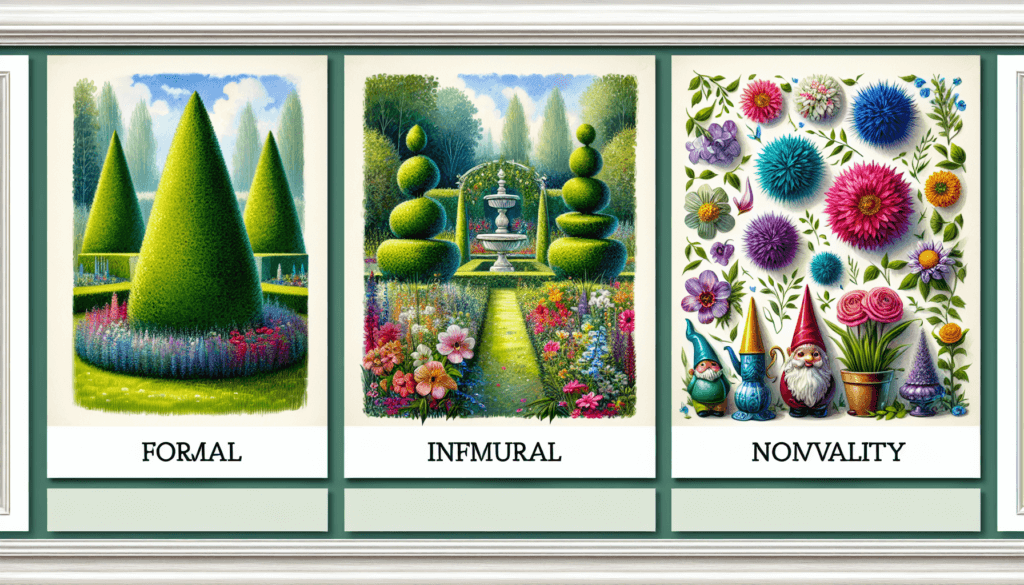
Cottage Gardens
Cottage gardens have a nostalgic and romantic appeal that harks back to simpler times. These gardens are designed to be informal, charming, and bursting with an abundance of flowers and foliage. Let’s explore three main types of cottage gardens: English cottage gardens, country cottage gardens, and shabby chic gardens.
English Cottage Gardens
English cottage gardens are perhaps the most well-known type of cottage garden. They are characterized by their profusion of colorful flowers, mixed borders, and rustic elements. English cottage gardens are often filled with perennials, climbers, and old-fashioned roses that create a tapestry of colors throughout the seasons. Rustic features such as picket fences, stone walls, and weathered garden furniture add to the enchanting ambiance of these gardens.
Country Cottage Gardens
Country cottage gardens bring a touch of rural charm and authenticity to any landscape. These gardens often feature a mix of ornamental and edible plants, emphasizing self-sufficiency and practicality. Instead of formal layouts, country cottage gardens have a more relaxed and carefree feel, with plants growing naturally and intermingling in a delightful chaos of colors and textures. From fragrant herbs to flowering vegetables, country cottage gardens embody the essence of rustic beauty.
Shabby Chic Gardens
Shabby chic gardens have a whimsical and romantic feel, reminiscent of vintage aesthetics and faded grandeur. These gardens often feature aged or distressed furniture, delicate heirloom plants, and a palette of pastel colors. Shabby chic gardens embrace imperfections and celebrate the beauty of chipped paint and weathered surfaces. By incorporating antique garden tools, vintage containers, and climbing roses, shabby chic gardens create a dreamy and nostalgic atmosphere.
Wildlife Gardens
Wildlife gardens are designed to attract and support a variety of creatures, from butterflies and birds to bees and other beneficial insects. By creating a habitat that offers food, shelter, and water, you can invite wildlife into your garden and contribute to their conservation. Let’s explore three main types of wildlife gardens: butterfly gardens, bird gardens, and bee gardens.
Butterfly Gardens
Butterfly gardens are a haven for these delicate and ethereal creatures, providing a source of nectar and host plants for their caterpillars. These gardens typically feature a variety of flowering plants that attract butterflies with their vibrant colors and sweet fragrances. By including plants such as butterfly bush, milkweed, coneflower, and lantana, you can encourage butterflies to visit your garden and enjoy their graceful presence.
Bird Gardens
Bird gardens are designed to provide food, water, and shelter for a wide range of bird species. These gardens often feature a mix of native plants that provide berries, seeds, and nectar for birds. Bird feeders, bird baths, and birdhouses can also be incorporated to attract and support avian visitors. Creating a bird-friendly garden not only brings life and excitement to your outdoor space but also contributes to bird conservation efforts.
Bee Gardens
Bee gardens play a crucial role in supporting declining bee populations and ensuring the pollination of plants. By providing a range of nectar-rich flowering plants, bee gardens attract bees and other pollinators to your garden. These gardens can feature a variety of plants, from wildflowers and herbs to shrubs and trees. By avoiding the use of pesticides and embracing a diversity of flowering plants, you can create a vibrant and thriving ecosystem that supports these vital pollinators.
In conclusion, there is a wide variety of garden types to suit different preferences and spaces. Whether you have a green thumb or are just starting out, there is a garden out there waiting for you to create. From vegetable gardens that provide fresh and nutritious produce, to flower gardens that add color and beauty, to herb gardens that enhance your culinary adventures, the possibilities are endless. So, grab your gardening tools, unleash your creativity, and let your garden flourish with the abundant joys of nature. Happy gardening!
